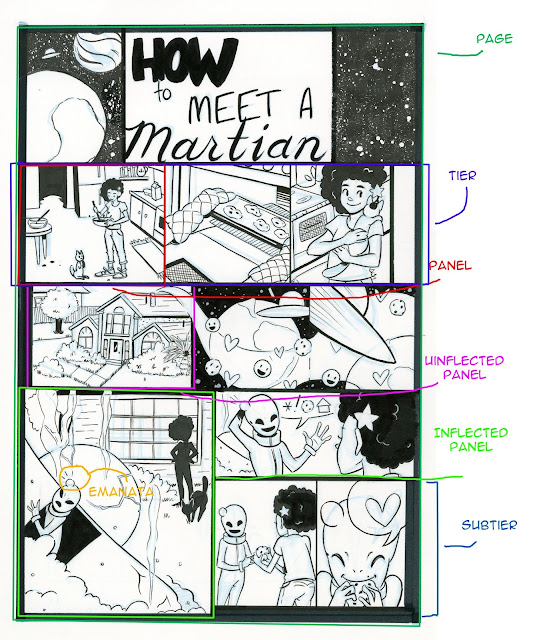Painting on Yupo
What is Yupo?
According to
DickBlick,
Yupo is a compelling and unique alternative to traditional art papers. It's a synthetic paper, machine-made in the USA of 100% polypropylene. It is waterproof, stain resistant, and extremely strong and durable.
This extraordinary, non-absorbent surface resists tearing and buckling and remains perfectly flat, eliminating the need for soaking, stretching, or taping.
Watercolor professionals have found Yupo to be receptive to a variety of aqueous techniques, but it is also ideal for offset printing, silkscreen, debossing, drawing, acrylic painting, and more.
Because of the unique qualities of this paper, dirt and oils hinder its performance. We recommend removing spots and fingerprints with soap and water before use.
PH neutral, flawlessly smooth and Recyclable. Available in bright white or translucent. Pigments applied to the ultra bright white sheet retain their true clarity and brilliance while the translucent sheet allows for special layered effects and tracing.
Sounds pretty promising, doesn't it? You don't have to worry about the paper being archival, as it's pH neutral. Yupo is recyclable, doesn't require stretching, and because it's made of plastic, it SHOULD be able to take anything the artist dishes out.
I bought my current pad of Yupo Watercolor Paper (in opaque) when I did a tutorial for
Copic Marker. My thought process at the time was that a non absorbent, synthetic paper would be ideal for pooling ink, which was the effect I was going for at the time. Recently, I've been testing watercolor papers to find which would suit my needs best, and decided to give the Yupo a shot at it's intended purpose.
This was my first time painting on Yupo, and I'd stupidly expected it to take paint the way regular organic-based watercolor paper takes. The Yupo took me by surprise- some areas allowed me to apply multiple washes without the pigment lifting, some areas lifted with the lightest fresh application, and areas that had graphite erased resisted the water like a wax resist, even after repeated rubbing with a paper towel to remove the leftover eraser rubber. For the most part, I felt like I was trying to work around the Yupo, rather than working with it, and wasn't satisfied with the end result.
Posted below is the process I underwent with this piece, which doesn't really differ from my usual watercolor process, possibly because I'm a one trick pony.
As per usual, I taped down the piece first. Usually I stretch my watercolor paper to prevent buckling, but since Yupo doesn't absorb any water, it's not going to buckle. Instead, I taped the paper down for my own convienence- to facilitate in working with the piece. Next, I began applying the skintone. Washes on Yupo take awhile to dry, because the water isn't soaking into the paper, but evaporating. Perhaps I should work a bit thicker and try to apply fewer washes.
 |
| As you can see, the water pools. |
 |
| Once the first wash dried, I had little problem applying a second layer. |
 |
| As you can see, I'm already having some issues with resist. |
 |
| I was stubborn. I wiped the whole thing down. Reapplied the pigment, very thickly, working it into the areas of resist. As you can see, the Yupo still resists pigment. |
 |
| I should have left the dress well enough alone as a flat plane of color, But I assumed that once I 'overcame' the resist, I'd be able to easily apply subsequent layers of color. Not so. The pigment was eager to lift. |
 |
| I also had issue applying extra layers on the shoes, hat, button, and hair tie. Although it didn't resist, it would try to lift and required additional applications. |
 |
| Working on Yupo is also very slow, because like with regular watercolor paper, seepage can be an issue. I decided I was tired of fighting it, and even liked the effect. |
 |
| More seepage. |
 |
| This what happened when I tried to apply a background wash. N.O.P.E. So I wiped it down. |
 |
| I liked the effect of leaving remnants of my failed wash around the light side of Kara, so I did just that. |
My experiences with Yupo don't put me in a position to offer much advice, as I certainly don't feel like I've mastered it. I do suggest that if you're interested in experimenting with Yupo Watercolor paper, you watch some Youtube videos first, and Google for pieces done on Yupo to better adjust your expectations. Don't try to work Yupo like you would regular watercolor paper.

























Comments
Post a Comment